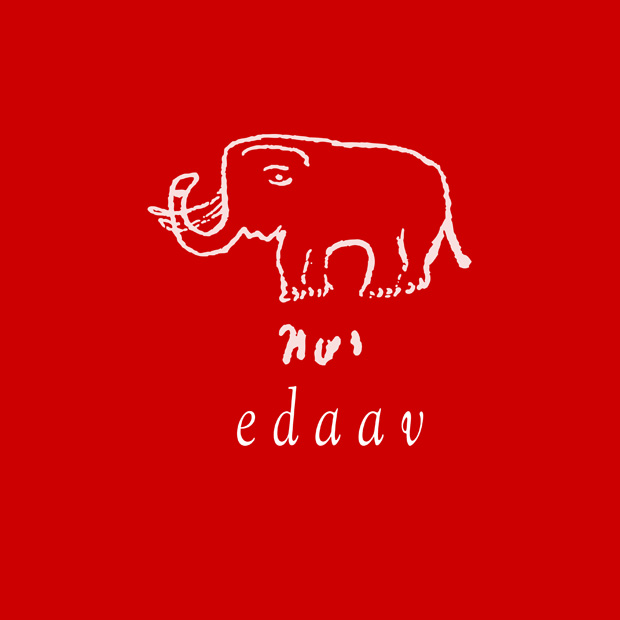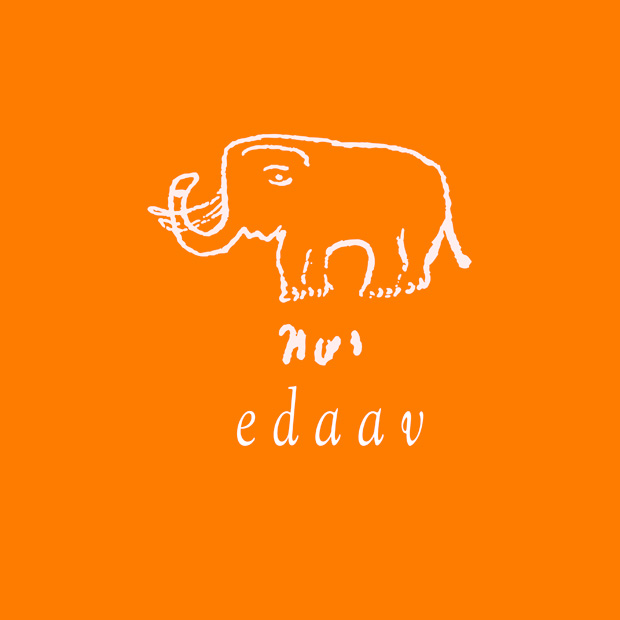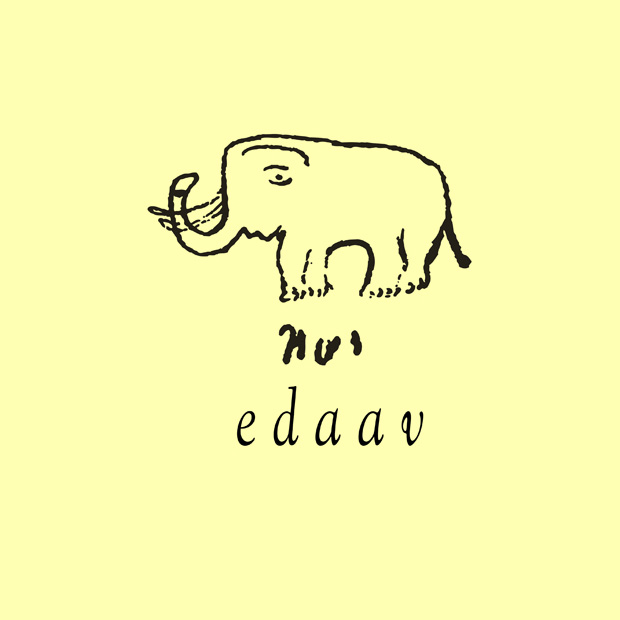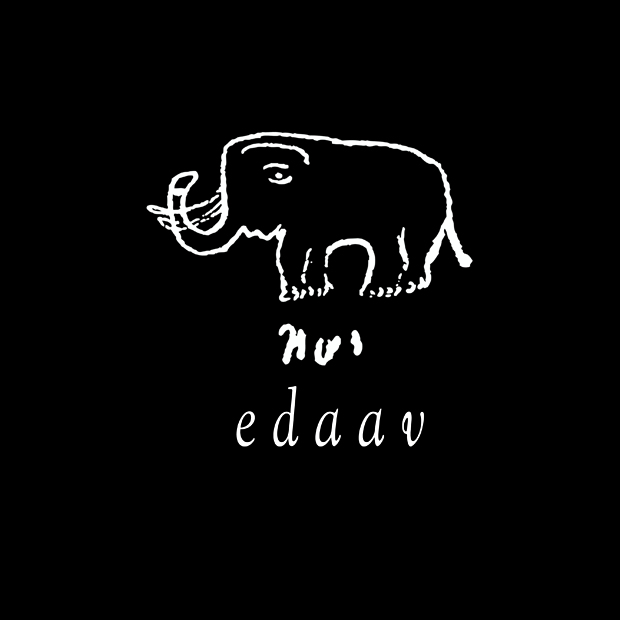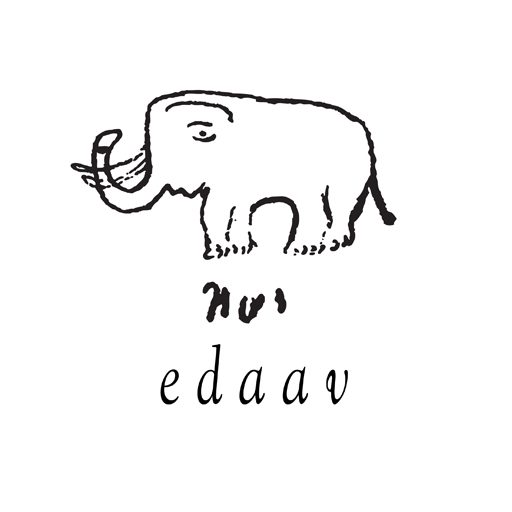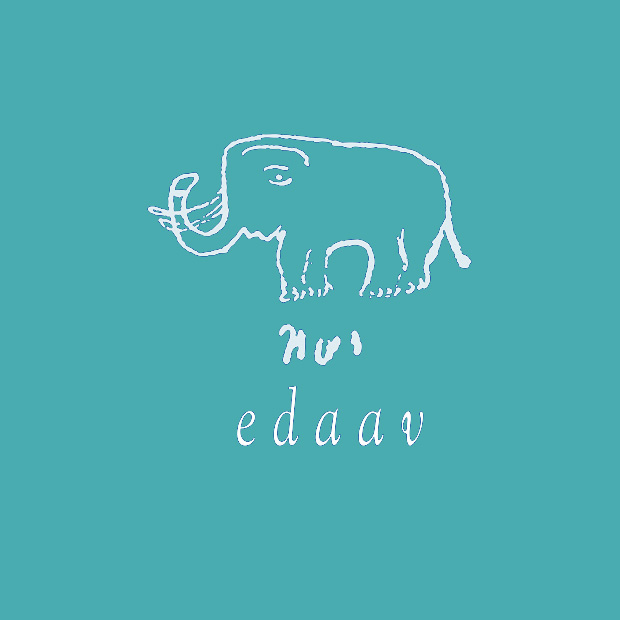
Parcours d’éducation culturelle et artistique
1 juillet 2016

The arrangement of type involves selecting specific typefaces, point size, line length, line-spacing (leading), letter-spacing (tracking), and adjusting the space within letters pairs (kerning).
Typography is the work of typesetters, compositors, typographers, graphic designers, art directors, manga artists, comic book artists, web designers, graffiti artists, and now—anyone who arranges words, letters, numbers, and symbols for publication – from clerical workers and newsletter writers to anyone self-publishing materials.
The current era of logo design began in the 1870s with the first abstract logo, the Bass red triangle. As of 2014 many corporations, products, brands, services, agencies and other entities use an ideogram (sign, icon) or an emblem (symbol) or a combination of sign and emblem as a logo.
As a result, only a few of the thousands of ideograms in circulation are recognizable without a name. An effective logo may consist of both an ideogram and the company name (logotype) to emphasize the name over the graphic, and employ a unique design via the use of letters, colors, and additional graphic elements.
Ideograms and symbols may be more effective than written names (logotypes), especially for logos translated into many alphabets in increasingly globalized markets.
Authentic brands don’t emerge from marketing cubicles or advertising agencies. They emanate from everything the company does.
Designing a good logo may require involvement from the marketing team and the design agency (if the process is outsourced), or graphic design contest platform (if it is crowdsourced). It requires a clear idea about the concept and values of the brand as well as understanding of the consumer or target group.
Broad steps in the logo design process might be formulating the concept, doing an initial design, finalizing the logo concept, deciding the theme colors and format involved.
Principles of craft
Legibility is primarily the concern of the typeface designer, to ensure that each individual character or glyph is unambiguous and distinguishable from all other characters in the typeface. In part, legibility also is an aspect of concern for the typographer to assure selection of a typeface with appropriate clarity of design for the intended use at the intended size.
Selection of case, upper, called also capitals, or lower, severely influences the legibility of typography because using all-caps or upper case letters, significantly reduces legibility.
Legibility refers to perception and readability refers to comprehension understanding the meaning. Good typographers and graphic designers aim to achieve excellence in both. Some commonly findings of legibility research include:
- Text set in lower case is more legible than text set all in upper case: capitals or all-caps.
- Extenders – ascenders, descenders and other projecting parts – increase salience or prominence.
- Regular upright type – roman type – is found to be more legible than italic type.
Studies of both legibility and readability have examined a wide range of factors including type size and type design. For example, comparing serif vs. sans-serif type, roman type vs. oblique type, and italic type, line length, line spacing, color contrast, the design of right-hand edge (for example, justification, straight right hand edge) vs. ragged right, and whether text is hyphenated.
